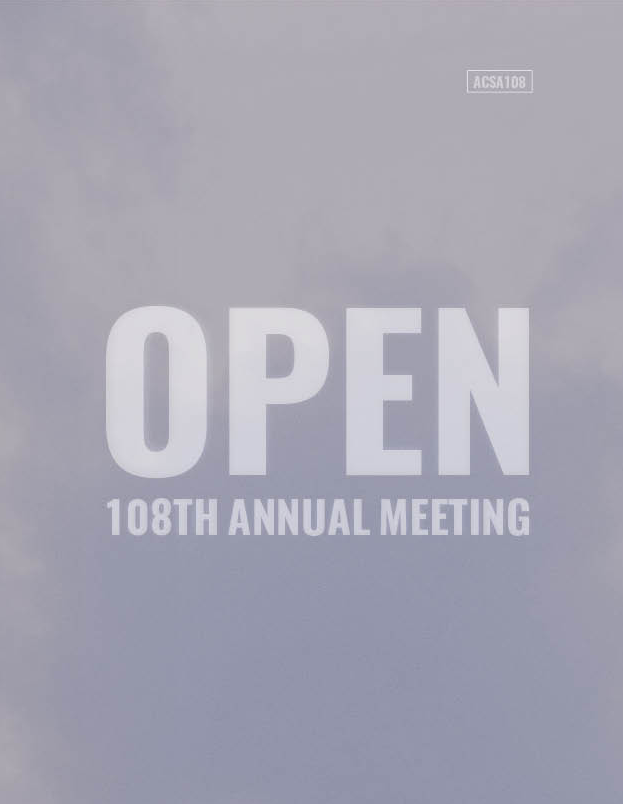Author(s): Ihab Elzeyadi & Belal Abboushi
Building modelling and simulation approaches are increasingly being utilized in architectural design studios to guide and inform the design process and offer evidence-based feedback on proposed building performance. The development of intuitive and simplified simulation interfaces has greatly contributed to achieving this integration. One aspect that is often overlooked is the workflow that governs and regulates integrated design, which can have significant impacts on final design outcomes. Currently there are numerous software packages available for building performance simulations. This makes it challenging to select an appropriate tool that provides accurate results yet allows a designer to make informed architectural decisions with a designer-friendly interface. Furthermore, workflows to incorporate simulations into the design process proved to highly impact student’s project design integration. Yet, it is not clear what type of workflows are successful to achieve this goal, under what conditions, and/or for which building and site typologies. This paper addresses these issues by first reviewing three different workflows for integrating building performance simulation processes and highlighting their strengths and weaknesses. Second, a comparative case study approach was employed to test three of the most common workflows in three different integrated design architectural studios at the senior and vertical studio levels as well as in two courses that run parallel and complementary to the design studios. The workflows, processes, and the resultant student projects were further analyzed based on criteria for better integrated design and architectural excellence as outlined in the American Institute of Architects Committee on the Environment (AIA COTE) Top 10 Student’s Competition. Third, to situate the pedagogical case studies’ results within a larger context, a survey of the AIA COTE Top 10 student competition award recipients over the last five years was conducted. The results are summarized in a pedagogical framework that outlines best strategies of the type of work-flows, software, design process used, methods to achieve desired interaction between design process and analytical feedback, and metrics for educators to evaluate the success of this integration and their learning outcomes in the design studio. The goal is to help bridge the gap between the building design and simulation within the design studio’s creative process for more integrated design outcomes.
https://doi.org/10.35483/ACSA.AM.108.11
Volume Editors
ISBN
978-1-944214-26-5

 Study Architecture
Study Architecture  ProPEL
ProPEL 
